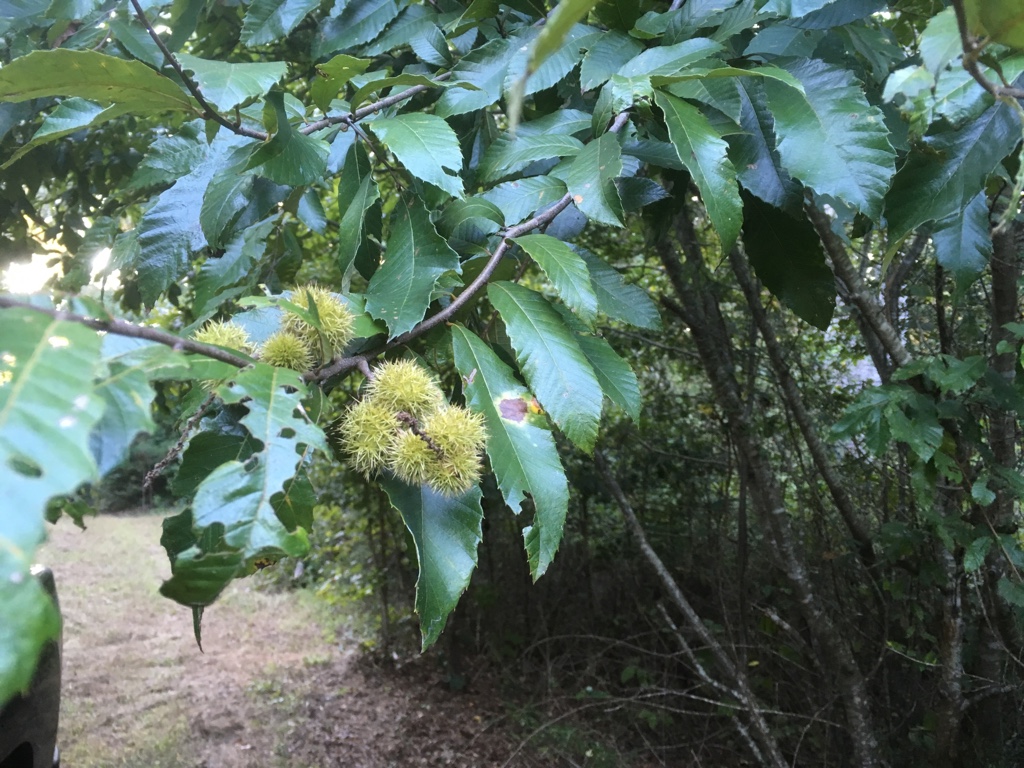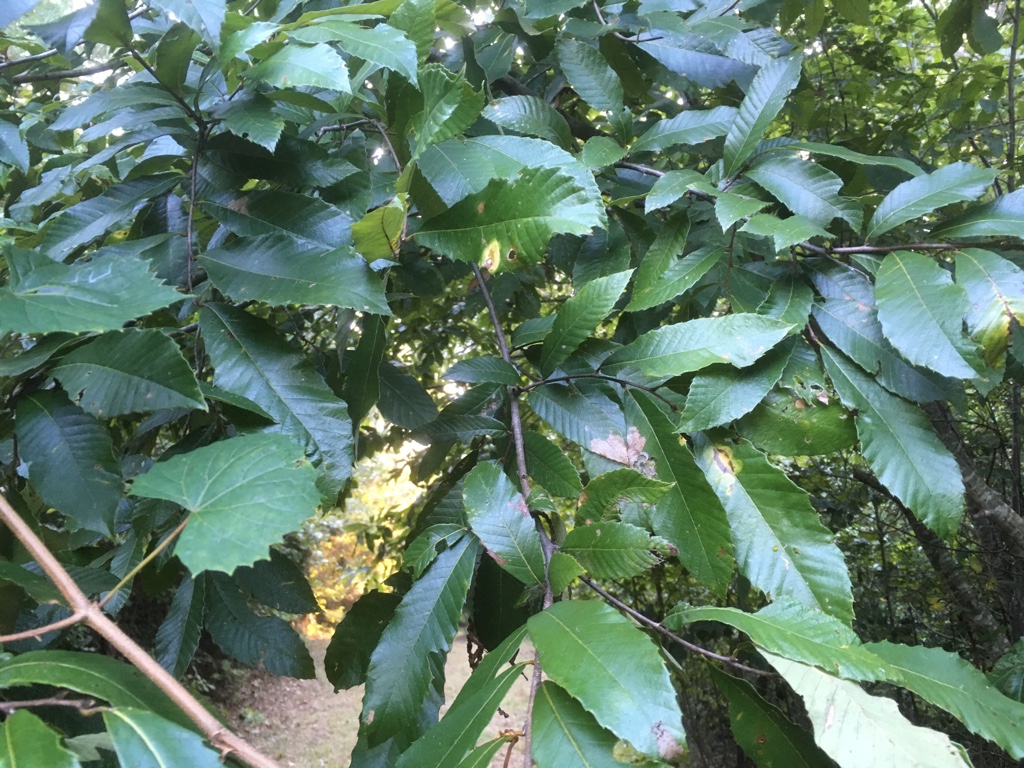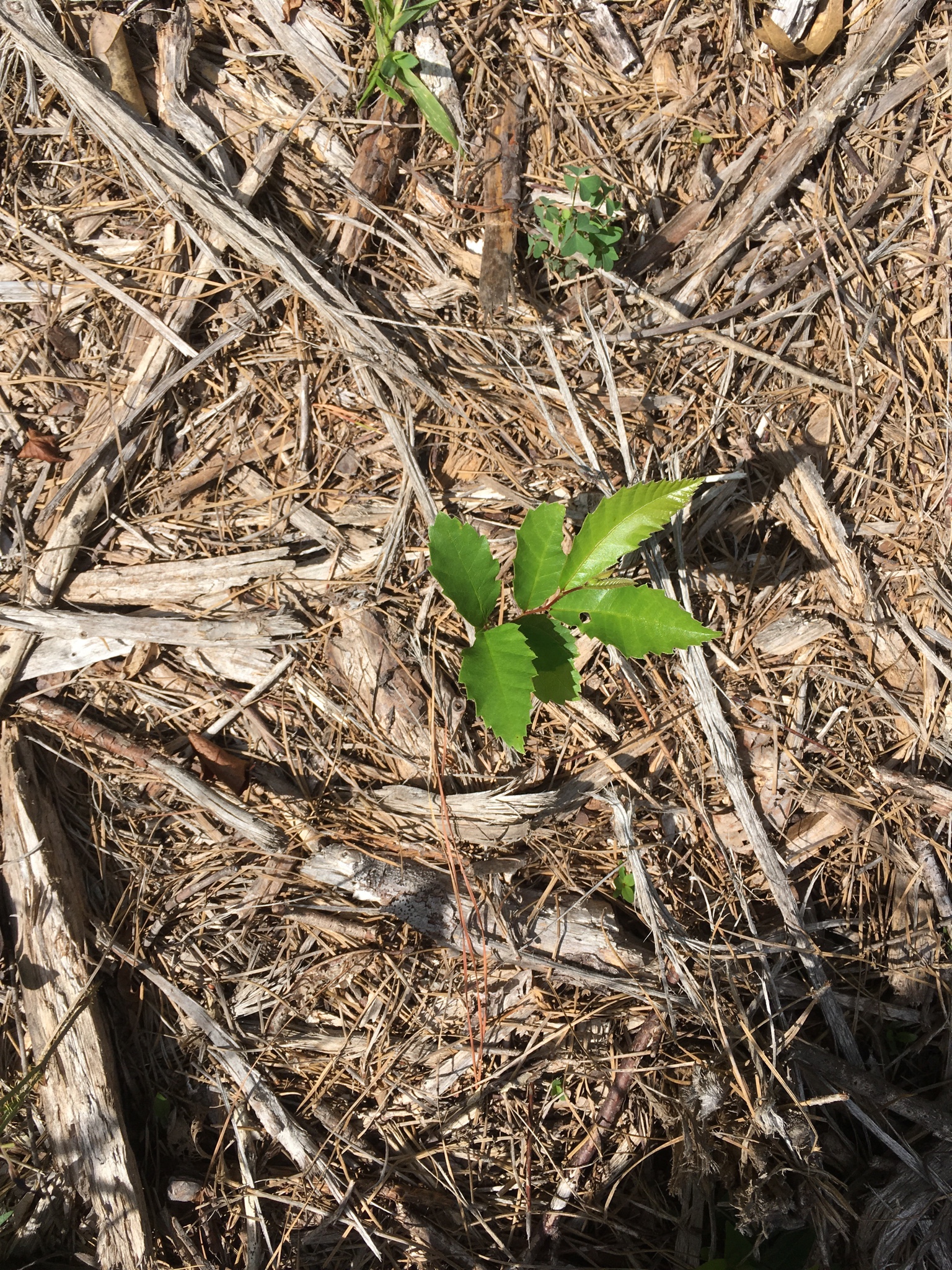Been monitoring this tree since I bought my property and wanted to confirm what it is. A few things I've noticed:
1) Leaves look like dunstans I have, but smaller
2) In the spring, it has catkins that bloom
3) The husk is round and splits in half once ripe
4) The nut is blackish brown and is shaped like an acorn
I'm thinking its an allegheny chinkapin. Any ideas?
Also, any ideas why the bark is splitting as shown in the last picture?
144





Sent from my iPhone using Tapatalk
1) Leaves look like dunstans I have, but smaller
2) In the spring, it has catkins that bloom
3) The husk is round and splits in half once ripe
4) The nut is blackish brown and is shaped like an acorn
I'm thinking its an allegheny chinkapin. Any ideas?
Also, any ideas why the bark is splitting as shown in the last picture?
144





Sent from my iPhone using Tapatalk


